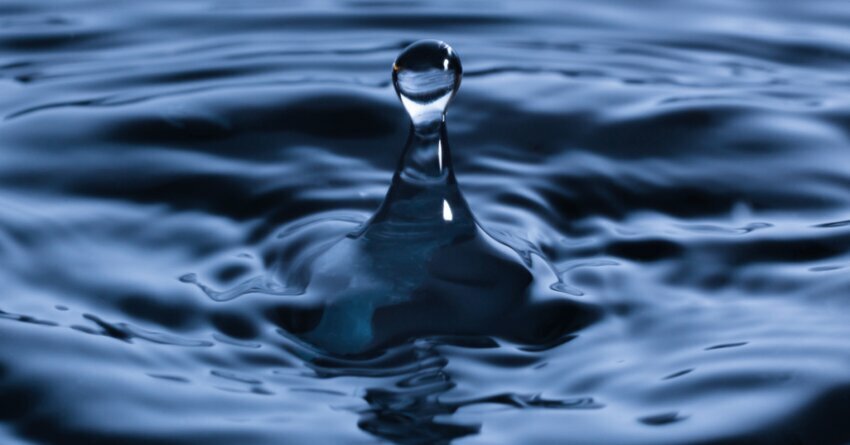 (Credit: Canva Pro)
(Credit: Canva Pro)'Riding the Wave: How the private sector is seizing opportunities to accelerate progress on water security' draws on data from CDP's 2022 corporate water security dataset, in which 3,909 companies disclosed their water data to investors and customers.
However, this represents the highest number of companies reporting on water security since the survey began in 2009 and an 85% increase over the past five years. Some significant players still refuse to participate in transparency efforts.
According to the report, addressing water security presents significant untapped commercial opportunities for companies worth at least $436 billion. This is in contrast to the financial impact of water-related risks such as pollution or shortages, which totaled$392 billion.
Just over 1,500 companies disclosed a range of water-related opportunities in 2022. These include accessing new water-related markets, improving water efficiency, developing new products and services, and ensuring supply chains are resilient against water impacts.
It is likely that the reported size of the monetary prize is a significant underestimate, as 55% of respondents have not yet identified any opportunities. According to CDP's findings, the financial benefits could reach $1.09 trillion if all 3,909 disclosing companies identified similar opportunities. This estimate is based on the average reported value and includes operational savings.
Findings demonstrate steps the market is taking to address the pressing issue of water scarcity. The research shows that Spanish bank BBVA has created a $2.4 billion water footprint loan, while 1,094 companies have linked CEO performance reviews to the achievement of corporate water goals. Furthermore, in 2022, 746 financial institutions with a combined asset value of $140 trillion requested water data from the firms they invest or lend to. In addition, 63 large buyers with procurement spending exceeding $1 trillion encouraged their supply chains to disclose their water data through CDP.
"We have just seven years to meet, and ideally, exceed the Sustainable Development Goals and the objectives of the Paris Agreement. To do so, we must fundamentally re-wire today’s global economy and what this report demonstrates is that for some products, in some companies, this re-wiring is already underway." - Cate Lamb, Global Director of Water Security, CDP.